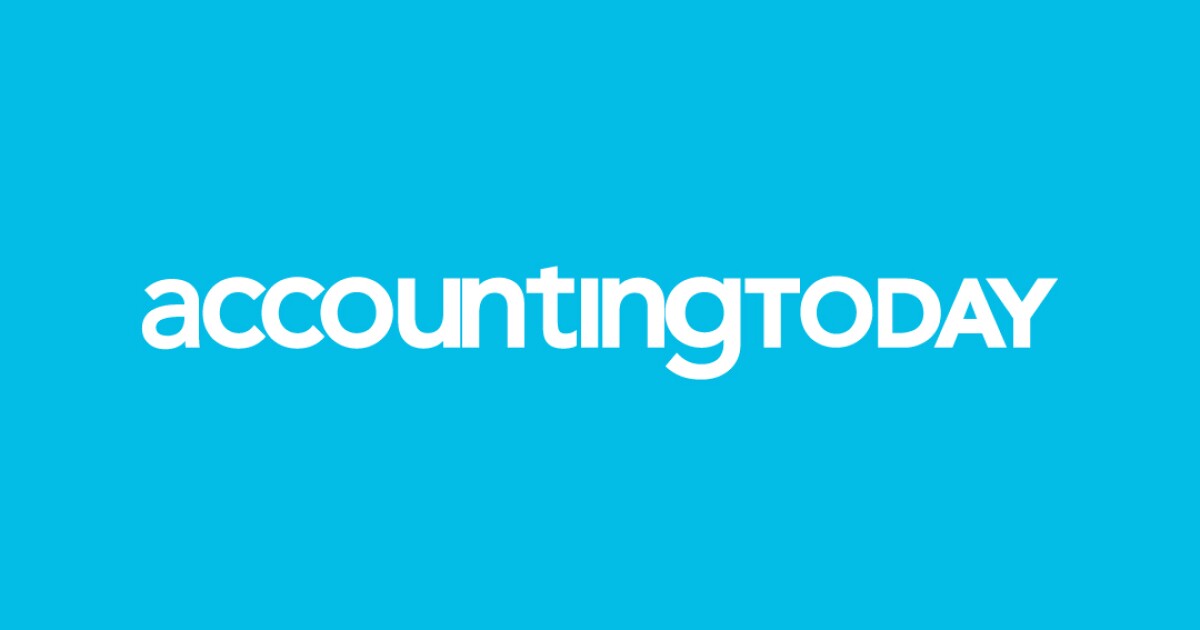The societal fallout of the COVID-19 pandemic is still being realized as Americans look to bounce back from a crisis that accelerated existing physical, financial and mental health challenges. As those tensions heightened, some Americans turned to substances to cope—igniting an already building substance use crisis that, researchers say, employers need to tackle head-on to avoid the severe, long-term impacts on both their employees and organizations.
“Certainly, COVID was a trigger for people,” says Dr. Suzette Glasner, chief scientific officer of Pelago, which offers a virtual clinic for substance use management. “The loneliness, the isolation, the uncertainty—we ended up seeing a lot of shifts toward increased substance use for people with a history of substance use or mental health issues, as well as newer incidences.”
COVID shuttered workplaces, schools, community resources—all of which can help Americans build support systems and healthy habits in stressful times.
“Without that feeling of community and connection to cope with stress, it’s very easy to see how people could turn to some of these unhealthy sources,” Glasner says.
According to the Kaiser Family Foundation, more than 106,000 Americans died of drug overdoses in 2021—the highest-ever recorded. The organization also reports that rates of “excessive drinking” increased during the pandemic, along with alcohol-related deaths—an increase of 38% between 2019 and 2021.
Misuse of and overreliance on substances didn’t simply abate when COVID shutdowns eased, Glasner notes. Such problems can be pervasive and persist until effective treatment is introduced, which is why she advises employers to be proactive about connecting employees to such resources and creating an environment where they will take advantage of them.
It’s work that can find a valuable spotlight this National Substance Abuse Prevention Month.
“I have every reason to hope for the future, but some of these trends and patterns take some time to reverse,” Glasner says. “Particularly in the workplace, there’s a great opportunity to help people access care and treatment and turn their lives around—though there are some inherent barriers that we have to help employees manage.”
The impact of substance use disorders on Americans’ personal lives is well-known—negative outcomes for everything from physical health to relationships. All of that can bleed into the workforce, Glasner says.
Pelago’s recent 2nd Annual State of Substance Use Management, based on a survey of more than 1,200 U.S. workers, found that 35% of those surveyed say substance or alcohol use is affecting them or their family members. Forty-two percent have missed work because of their own use of substances or alcohol.
“For someone who themselves has, or is caring for someone who has, a substance use problem, it’s really hard to deliver in the workplace setting because it’s very distracting,” she says.
Absenteeism and lost productivity aren’t the only outcomes that can impact an employer’s bottom line.
Those with substance use disorders often have co-occurring chronic health conditions, both in the physical and mental health domains, Glasner says, from depression and anxiety to cardiovascular disease and diabetes.
And they tend not to manage those conditions well because of their substance use, which can drive up employers’ rapidly rising healthcare costs. Because of that, the true extent of substance use disorders among the workforce may not be evident right away through healthcare claims data.
Instead, benefits leaders may see ER visits or in-patient hospitalizations for conditions like pancreatitis or GI disorders, which may be fueled by substance use, but—on their face—don’t directly suggest so, Glasner says.
“It may not be immediately apparent to an employer that [a substance use disorder] is indeed a top healthcare cost driver, which may be causing them to deprioritize it,” Glasner says.
In fact, Pelago found that just 14% of employees surveyed have access to substance use management benefits.
Challenging the stigma through support
In addition to misunderstanding the impacts on healthcare costs, many employers may be missing the mark on this issue because of the widespread stigma around substance use disorders. According to Pelago’s study, more than 45% of those surveyed said they are “uncomfortable” asking for help from their employer.
With stigma comes misinformation, Glasner says.
“People think, ‘Oh, that’s untreatable. It’s a lifelong illness.’ But the data says the exact opposite of that,” Glasner says. People with a substance use disorder can lead “very meaningful and fulfilling lives, but a lot of employers—like the general population—lack awareness that we have very highly efficacious treatments.”
Many think the go-to treatment for substance use disorders is in-patient rehab—which itself can be a misunderstanding that fuels significant healthcare costs for employers—yet the rise of digital health solutions is changing that.
Pelago’s platform virtually connects those seeking help with a physician-led care team to manage the disorder and co-occurring medical conditions, along with 24/7 behavioral therapy support, access to medication-assisted treatment, remote monitoring and more. Nearly 3.5 million people have access to Pelago’s digital clinic, with tens of thousands enrolling in the program each year.
According to the company, 62% of members experience a reduction in alcohol use within their first month of the program, while 67% have abstained from opioids for 90 consecutive days. About 44% of those seeking treatment for smoking cessation successfully do so within the first year of starting the program.
This summer, insurance provider Guardian partnered with Pelago to become the first insurer offering tobacco cessation in employer-sponsored dental plans.
“We know from our research that tobacco use takes a toll on workers’ wellness,” says Jill Purcell, head of Dental and Vision Product and Network Management at Guardian. The insurer has found that 58% of tobacco users say it harms their wellbeing, while smokers take seven more days of sick leave a year than non-smokers and nearly five breaks a day.
“Ultimately, benefits that encourage quitting can help improve employee wellness and subsequently increase productivity, reduce healthcare costs and decrease absenteeism across the workplace,” Purcell says.
Is your workplace ‘recovery ready’?
Tobacco use has been on the decline, but nearly a third of full-time workers in the U.S. continue to smoke—and 70% of them want to stop, Guardian research found, driving two-thirds of those surveyed to be interested in employer-sponsored benefits to help them quit.

“Especially as the use of vaping increases among younger generations, parents are particularly interested in tobacco cessation programs that can support their children,” Purcell notes. Guardian’s partnership with Pelago includes coverage for members’ dependents who are age 15 and over.
“Ultimately, tobacco usage goes beyond just physical health, influencing mental and financial wellness too. This interconnectedness,” Purcell says, “underscores the need to help increase access to tobacco cessation—ideally simply, confidentially and through existing workplace benefits.”
It’s support that many employees today want, Glasner adds, noting the rising popularity of the “sober-curious” movement, as many Americans consider reducing—but not necessarily quitting altogether—their use of alcohol or substances like marijuana. Raising the dialogue about treatments outside of the traditional “abstinence-only” perspective can help broaden the umbrella of people being willing to access treatment.
“People want to challenge themselves and minimize their use of alcohol, for instance, but not quit, and they’re seeking out resources that will support any kind of moves in the direction of change,” she says. “There’s a lot of strong scientific evidence across various substances—alcohol, marijuana, stimulants—that a meaningful reduction has very measurable health impacts for the long term.”
Glasner says that to lay the groundwork that helps employees toward these goals, benefits and HR leaders should focus on creating a “recovery-ready” workplace. This involves changing the narrative on substance use—following the same stigma-reduction approach many have taken to talking about health conditions like obesity or cardiovascular disease.
“We have to normalize for employees that this is a well-understood condition that falls into the same category as these other chronic conditions and that the employer is there to help people come forward, seek help and support employees,” she says.
In evaluating solutions to aid employees seeking help, leaders should consider creating programs with the lowest barrier to entry, Glasner notes. Given that traditional treatments for substance use disorders have been extremely costly and rely on specialized providers and counselors, many Americans feel “hopeless” about getting help.
The advent of digital health, however, is changing the game and making care more affordable and accessible—which employers need to be proactive about communicating to their workforces.
“Digital can be a great weapon against this problem,” she says.
Credit: Source link











